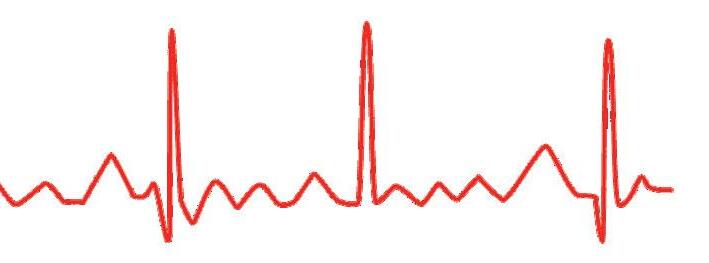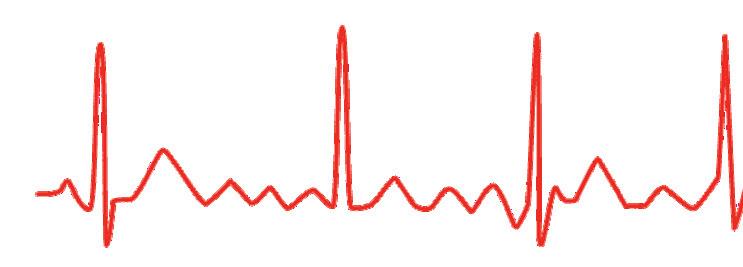
4 minute read
(TB) - THEME: YES! We Can END TB!
2–5 years in about 50% of these people.
The risk of developing active TB is higher in:
* Anyone with a weakened immune system
* Anyone who first developed the infection in the past 2–5 years
* Older adults and young children
* People who inject recreational drugs
* People who have not previously received appropriate treatment for TB.
SYMPTOMS
* Latent TB: A person with latent TB will have no symptoms, and no damage will show on a chest X-ray. However, a blood test or skin prick test would indicate that they have TB infection.
* Active TB: An individual with TB disease may experience a cough that produces phlegm; fatigue, a fever, chills, and a loss of appetite and weight. Symptoms typically worsen over time, but they can also spontaneously go away and return.
A person should see a doctor if they experience these early warning signs:
* Persistent cough, lasting at least 3 weeks
* Phlegm which may have blood in it when they cough
* Loss of appetite and weight
* General feelings of fatigue and being unwell
* Swelling in the neck
* Fever
* Night sweats
* Chest pain
Beyond the lungs
TB usually affects the lungs, though symptoms can develop in other parts of the body. This is more common in people with weakened immune systems.
TB can cause:
* Persistently swollen lymph nodes, or “swollen glands”
* Abdominal pain
* Joint or bone pain
* Confusion
* Persistent headache
* Seizures
DIAGNOSIS
A person with latent TB would have no symptoms, but the infection can show up on tests. People should ask for a TB test if they:
* Spent time with someone who has or is at risk of having TB
* Spent time in a country with high rates of TB
* Work in an environment where TB may be present.
A doctor would ask about any symptoms, and the person’s medical history. The doctor would also perform a physical examination which involves listening to the lungs and checking for swelling in the lymph nodes. Two tests can show whether TB bacteria are present:
* TB skin test
* TB blood test
However, these cannot indicate whether TB is active or latent. To test for active TB disease, the doctor may recommend a sputum test and a chest X-ray. Everyone with TB needs treatment, regardless of whether the infection is active or latent.
TREATMENT
With early detection and appropriate antibiotics, TB is treatable. The right type of antibiotic and length of treatment would depend on:
There has been an apparent increase in the number of vehicles affixed with coloured lights, which pose a danger to other road users. These lights can be blinding and distracting to other road users and can lead to major accidents.
In April 2019, the GPF also issued a statement on the issue, warning that Regulation 34 (1) (a) of the Motor Vehicles and Road Traffic Act, Chapter 51:02 states: “Every motor vehicle, the width of which does not exceed seven feet, other than a two-wheeled motorcycle not having a sidecar attached thereto and an invalid carriage, on any road, during the hours of darkness shall carry two lamps, each showing to the front a white light visible from a reasonable distance.
* A person’s age and overall health

* Latent or active TB
* Location of the infection
* Whether strain of TB is drug-resistant.
Treatment for latent TB can vary. It may involve someone taking an antibiotic once a week for 12 weeks, or every day for 9 months.
Treatment for active TB may involve taking several drugs for 6–9 months. When a person has a drug-resistant strain of TB, the treatment would be more complex.
It is essential for people to complete the full course of treatment, even if symptoms go away. If a person stops taking their medication early, some bacteria can survive and become resistant to antibiotics. In this case, the person may go on to develop drug-resistant TB.
Depending on the parts of the body that TB affects, a doctor may also prescribe corticosteroids.
Prevention
Ways of preventing TB from infecting others include:
* Getting a diagnosis and treatment early
* Staying away from other people until there is no longer a risk of infection

* Wearing a mask, covering the mouth, and ventilating rooms.
In some countries, children receive an anti-TB vaccination — the bacillus Calmette–Guérin (BCG) vaccine — as part of a regular immunisation programme.
Hiv And Tb
For people with HIV, doctors consider TB to be an opportunistic infection. This means that a person with HIV has a higher risk of developing TB, and experiencing more severe symptoms than someone with a healthy immune system.
Treatment for TB can be complex in a person with HIV, but a doctor can develop a comprehensive treatment plan that addresses both issues. TB can become a complication of HIV. Learn about other HIV complications here.
Smoking And Tb
Tobacco use and secondhand smoke increase the risk of developing TB. These factors also make the disease harder to treat, and more likely to return after treatment.
Quitting smoking and avoiding contact with smoke can reduce the risk of developing TB.
Other Conditions
Some other health issues that weaken a person’s immune system and can increase the risk of developing TB include:
* Low body weight
* Substance abuse disorders
* Diabetes
* Silicosis
* Severe kidney disease
* Head and neck cancer
* Some medical treatments, such as an organ transplant, can also impede the functioning of the immune system.
Complications
Without treatment, TB can be fatal. If it spreads throughout a person’s body, the infection can cause problems with the cardiovascular system and metabolic function, among other issues.
TB can also lead to sepsis, a potentially life-threatening form of infection.









